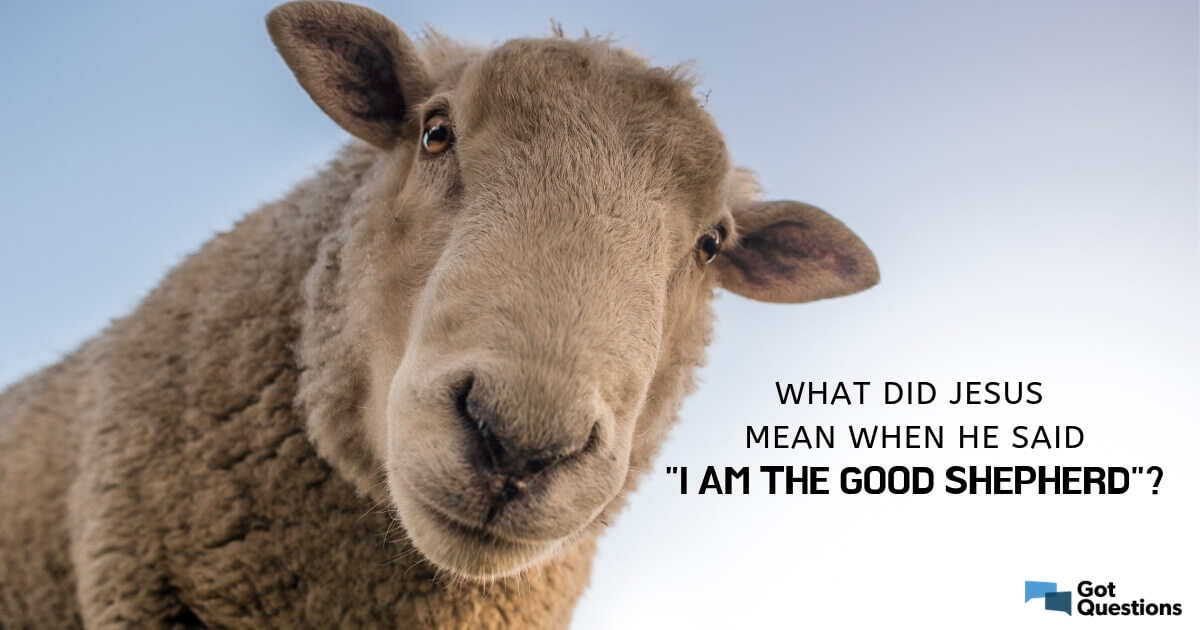
I’m not sure how much you know about sheep and shepherds. If you’re like me, I suspect the answer is not too much. We may think of sheep as cute and cuddly, which is true if we think of newborn lambs. A fully grown sheep, however, weighs in at some 100 kg and is a strong and sometimes stubborn animal. Shepherds leading small flocks of 50 to 80 sheep are a Middle Eastern tradition whereas in Australia flocks tend to be much larger and are rounded up with sheep dogs or quad bikes.
So how do we relate to Jesus calling himself the good shepherd in John chapter 10, with ourselves as the sheep?
Sheep have certain needs – for grass and water – that a shepherd takes care of. So if Jesus is the good shepherd, he provides for our basic needs. This is similar to the line in the Lord’s Prayer asking God to give us our daily bread.
Sheep are vulnerable to certain marauding predators like wolves or foxes. In the Middle East, the shepherd keeps them safe by building a sheepfold (enclosure) and by sleeping across the entrance. As the good shepherd, Jesus promises to stay close to us and never abandon us.
In Jesus’ thinking, the sheep are so valuable that as the good shepherd he is prepared to lay down his life for the sake of the sheep. This points ahead to the cross where Jesus’ death will – in a paradoxical way – bring life to those who trust in him.
